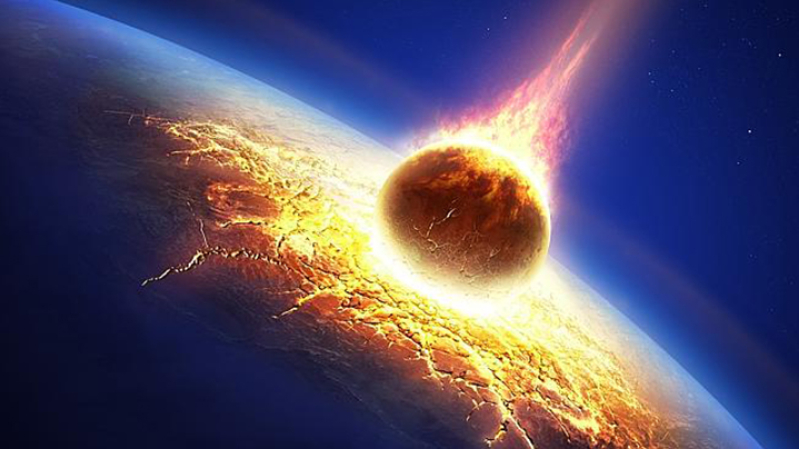
A large asteroid passed dangerously close to the Earth on Friday night and scientists say this if it was a bit closer, it could have caused catastrophic damage to the planet.
The object known as 2014-YB35 passed by Earth at 06:21 UTC on Friday night at a distance of 2.8 million miles, or 11.7 lunar distances (11.7 times further away than the moon is to the Earth). The asteroid traveled at 10.16 km/s (about 23,000 mph) but scientists at the Catalina Sky Survey have been observing and tracking it since December 17, 2014, when it was named.
While this is the 13th object to pass near Earth in 2015 alone, it is the largest at just over 500 meters in diameter. Researchers say that it would take an object about 1 km in diameter to wipe out the entire planet, so this one was being watched closely since its discovery.
If the asteroid were to hit the Earth, it is said to have the explosive power of 15,000 megatons of TNT. "With something like YB35, we are looking at a scale of global destruction, something that would pose a risk to the continuation of the planet," said Bill Napier, professor of astronomy at the UK's University of Buckinghamshire. "These events are, however, very rare; it is the smaller yet still very damaging impacts which are a very real threat."
The largest explosion from an asteroid in recorded history happened in 1908 near the Podkamennaya Tunguska River in central Russia. Although the 60-meter-wide asteroid burst in the air before hitting the Earth's surface, it's still considered an impact event that measured in at around 1,000 times greater than the atomic bomb dropped on Hiroshima.
The explosion knocked down an estimated 80 million trees in a 2,150-square-mile area in a blast that measure 5.0 on the Richter scale.
Of the near-misses so far this year, the closest has been 2015-DD1 at only .10 lunar distance from Earth. Luckily, that object was only between two and five meter in diameter, so the damage would have been minimal, depending on where it landed.
A 110-meter asteroid called 2015-FW117 is expected to pass by the planet on Wednesday, April 1 at a distance of 3.6 lunar distances, and another is expected on October 18 of this year at 3.8 lunar distances, but that one will only be around 20 meter in diameter.
Professor Napier went on to explain the type of damage we could expect from even a near-miss from a large asteroid, citing the Bible as evidence. "The real risk is from comets which even if the Earth passes through the tail can generate a massive plume of smoke with hugely significant consequences," he said. "There is absolutely a real risk and if you look at history, certainly biblical records, there are reports of fires in the heavens. Red hot debris resulting from the impact of something a kilometre wide would be capable of incinerating the planet."
To help celebrate these asteroid near misses and impacts, an official Asteroid Day has been established on the anniversary of the Tunguska event. Slated for June 30, this first Asteroid Day was co-founded by filmmaker Grigorij Richters and former Queen guitar player Dr. Brian May, who is now an astrophysicist.
The day is more than just an observation of these asteroids, though, as it was made to help understand these potentially catastrophic events. "We have the knowledge as well as the technology to prevent these future catastrophic events," the Asteroid Day mission statement reads. "The fact that this initiative could save ALL the species on this planet that have evolved alongside us. We have a responsibility as custodians, not just for the planet, but for all the abundant life which inhabits it."







